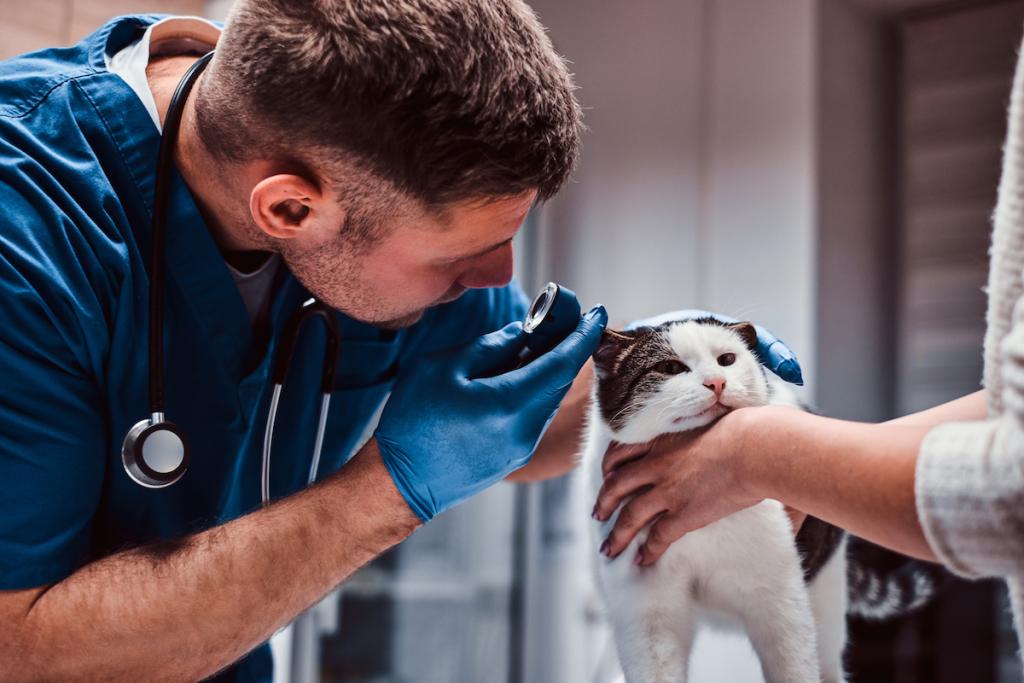
Veterinarians play a critical role in wildlife conservation, often serving as the first line of defense against the threats faced by many species. With habitat loss, climate change, and poaching putting immense pressure on wildlife populations, veterinarians are stepping up to protect and preserve biodiversity.
One of their primary responsibilities is treating injured or sick animals, often those that have been victims of human activity, such as collisions with vehicles, entanglement in fishing nets, or illegal hunting. Veterinarians provide the necessary medical care to rehabilitate these animals and, when possible, return them to their natural habitats.
Beyond individual care, veterinarians also engage in population health management. This involves monitoring the health of entire species, conducting research on diseases that may threaten them, and implementing vaccination programs to prevent outbreaks. Their expertise is crucial in understanding how diseases spread between wildlife, domestic animals, and humans, helping to prevent zoonotic diseases that could lead to pandemics.
In addition, veterinarians work closely with conservation organizations to develop and implement strategies for endangered species recovery. This can include breeding programs, habitat restoration efforts, and public education initiatives aimed at reducing human-wildlife conflict.
Through their diverse roles, veterinarians not only help individual animals but also contribute significantly to the long-term survival of species, making them indispensable allies in the global effort to conserve wildlife.